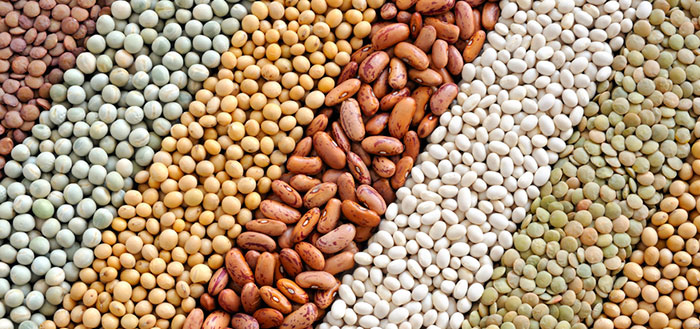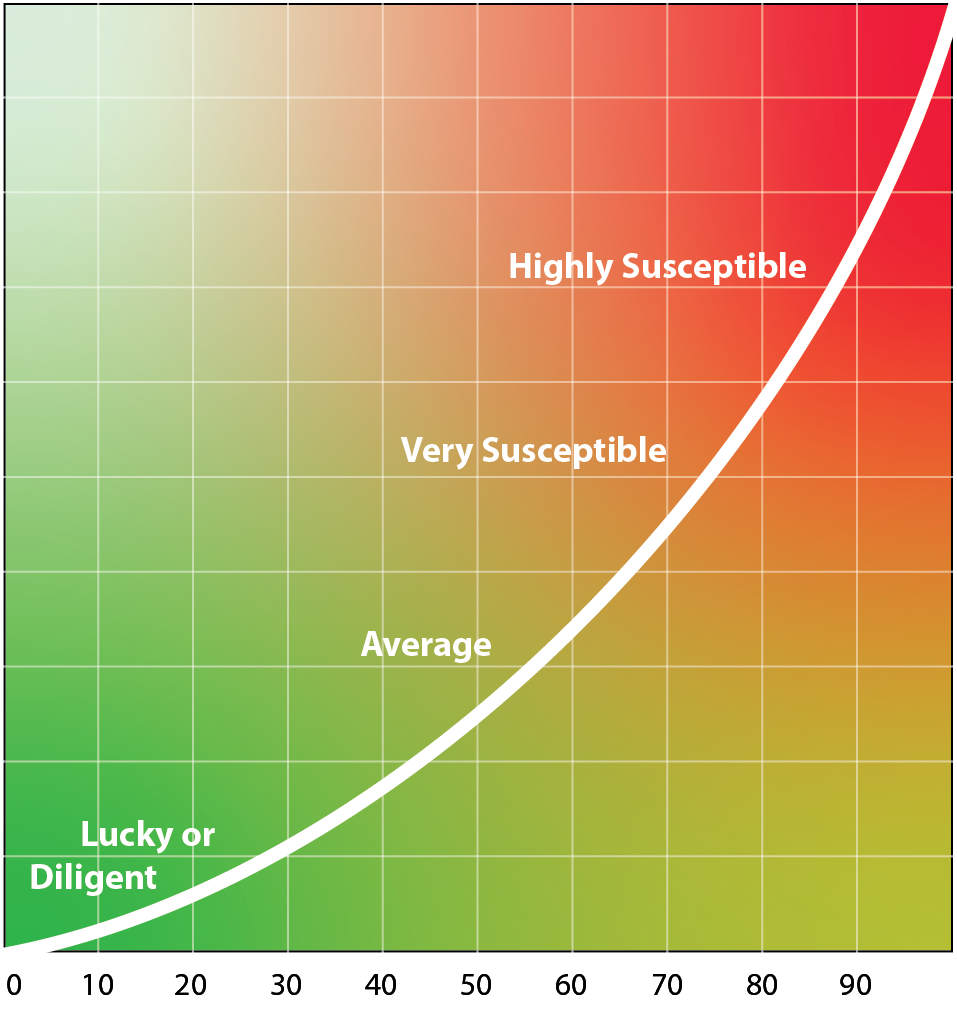Legumes Improve Heart Risk, Glycemic Control

Low-glycemic beans, peas and lentils are also linked to lower blood pressure.
Previous research has shown that legumes — beans, peas and lentils — can help fight heart disease by improving cholesterol. Now, a new study suggests that legumescould also lower cardiovascular risk by reducing blood pressure, along with improving glycemic control. That latter finding could be important to those with diabetes or at risk for the condition, as well as in combating the cluster of symptoms labeled metabolic syndrome.
If you don’t like beans, you probably haven’t tried a variety of good beans... Click To TweetSusan B. Roberts, PhD, director of Tufts’ HNRCA Energy Metabolism Laboratory, has touted the benefits of beans and other legumes in her book, The “I” Diet<www.theidiet.com>. “If you don’t like beans, you probably haven’t tried a variety of good beans,” she says. “Canned cooked beans are found in almost all supermarkets and can be made into a wide variety of delicious meals. Cannelini, black, pinto and chickpeas (garbanzo beans) are good choices. Dried beans that you soak and cook take more time but taste really good and cost less.”
LEGUMES VS. WHOLE WHEAT: In the latest study, David J.A. Jenkins, MD, PhD, DSc, of the University of Toronto, and colleagues randomly assigned 121 participants with type-2 diabetes to either a diet that encouraged them to increase legume intake by at least a cup per day, or to a diet boosting insoluble fiber by consumption of whole-wheat products. The legume diet was designed to score low on the glycemic index (GI), a measure of how quickly a food increases blood sugar. In general, legumes have a lower GI value than refined and finely ground cereals and starches.
After three months, the low-GI, high-legume diet was associated with better glycemic control and greater reduction in the estimated risk of heart disease, primarily by improving blood pressure. Although the changes were relatively small, Dr. Jenkins and colleagues noted in Archives of Internal Medicine, “given the magnitude of the [health] problems and the need for acceptable dietary options,” the findings supported increased legume consumption.
Low-GI, high-legume foods lower blood glucose and blood pressure... Click To TweetAlthough the study focused on diabetic patients, Dr. Jenkins adds that the results are also relevant to those without diabetes. “We believe that beans, peas and lentils reduce risk of heart disease through lowering blood cholesterol in both diabetic and non-diabetic individuals,” he says. “What we also found was that these foods lowered blood glucose and blood pressure. This latter finding is of great relevance to coronary heart disease risk reduction in the non-diabetic but has never been shown before in diabetes.”
BOOSTING YOUR BEANS: Current US dietary recommendations call for adults to consume one to two cups of beans and peas per week, so boosting intake by one cup per day might be a lot for many people. (Note, though, that beans and peas uniquely count both in the vegetables and the protein group of the USDA’s MyPlate.) Dr. Jenkins says there is a relative lack of data on how effective lower amounts would be; however, “certainly some people may do well on a half-cup of beans.”
With thanks to the Tufts University Health & Nutrition Letter for allowing us to share this article www.tuftshealthletter.com.
Register Today
Choose the program that’s right for you.

 Yes! I want to receive a 38-page cookbook, and be informed of upcoming classes. No obligation, instant download.
Yes! I want to receive a 38-page cookbook, and be informed of upcoming classes. No obligation, instant download. 